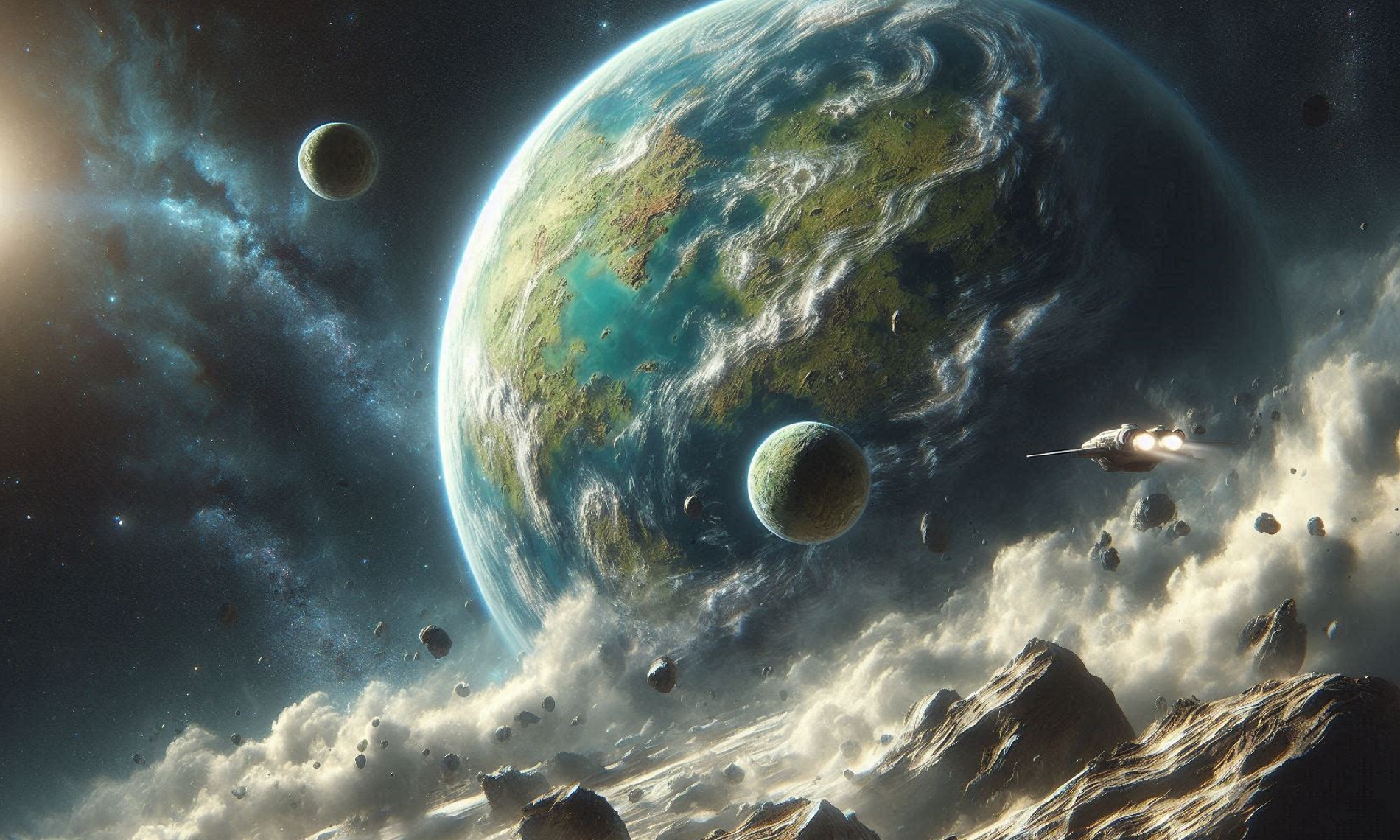
Exploring K2-18b: A Potential Habitat Beyond Our Solar System
Introduction
K2-18b is a fascinating exoplanet that has captured the attention of astronomers and space enthusiasts alike. Located in the constellation Leo, this intriguing world orbits a red dwarf star approximately 124 light-years from Earth. What makes K2-18b particularly captivating is its potential to harbor conditions suitable for life. In this article, we delve into the characteristics of K2-18b, its discovery, and the ongoing research efforts to understand its potential habitability.
Discovery and Characteristics
K2-18b was discovered in 2015 by the Kepler Space Telescope during its K2 mission. It is classified as a "super-Earth," a type of exoplanet with a mass larger than Earth's but significantly smaller than that of ice giants like Neptune and Uranus. K2-18b has about 8.6 times the mass of Earth and a radius approximately 2.6 times larger, placing it in the category of mini-Neptune or super-Earth.
The planet orbits its host star, K2-18, within the habitable zone, the region where conditions could allow for liquid water to exist on its surface. Its orbit around the cool red dwarf star takes about 33 days, which is much shorter than Earth's year, owing to the close proximity to its star. Despite the close orbit, the lower luminosity of K2-18 means that the planet receives a comparable amount of solar radiation to Earth.
Atmosphere and Potential for Life
One of the most exciting aspects of K2-18b is the discovery of water vapor in its atmosphere. In 2019, astronomers using data from the Hubble Space Telescope detected signatures of water vapor, suggesting that K2-18b could have a significant atmosphere with potential clouds and precipitation. This discovery has led to heightened interest in the planet as a candidate for further exploration and study in the search for extraterrestrial life.
The detection of water vapor raises the possibility that K2-18b may have liquid water on its surface, a key ingredient for life as we know it. However, the exact nature of its surface and atmosphere remains uncertain. K2-18b could be covered by a thick, hydrogen-rich atmosphere, similar to that of Neptune, or it could have a more Earth-like atmosphere with a balance of gases conducive to life. The precise conditions on the planet are still a subject of intense research and debate.
Challenges and Research
Despite the exciting potential, there are several challenges in studying K2-18b. The planet's proximity to its host star means it is likely subjected to higher levels of radiation, which could impact the stability of its atmosphere and the potential for life. Additionally, red dwarf stars like K2-18 are known for their stellar activity, including flares that could strip away atmospheres over time or pose challenges for life to emerge.
Researchers are keenly interested in further observations to understand the atmospheric composition and surface conditions of K2-18b. Future missions, such as the James Webb Space Telescope (JWST), are expected to provide more detailed data on the planet's atmosphere and potential biosignatures. These observations could offer critical insights into the habitability of K2-18b and similar exoplanets.
Conclusion
K2-18b stands as one of the most intriguing exoplanets in the search for life beyond our solar system. Its potential to host water and its position within the habitable zone make it a prime candidate for further exploration. As we continue to refine our observational techniques and deploy more advanced space telescopes, the mystery of K2-18b will become clearer, bringing us closer to understanding the potential for life elsewhere in the universe.
The exploration of K2-18b exemplifies the broader quest to find habitable worlds beyond our own, offering a glimpse into the possibilities that lie beyond the confines of our solar system. Whether K2-18b harbors life or not, its study will undoubtedly deepen our understanding of planetary systems and the potential for life in the cosmos.